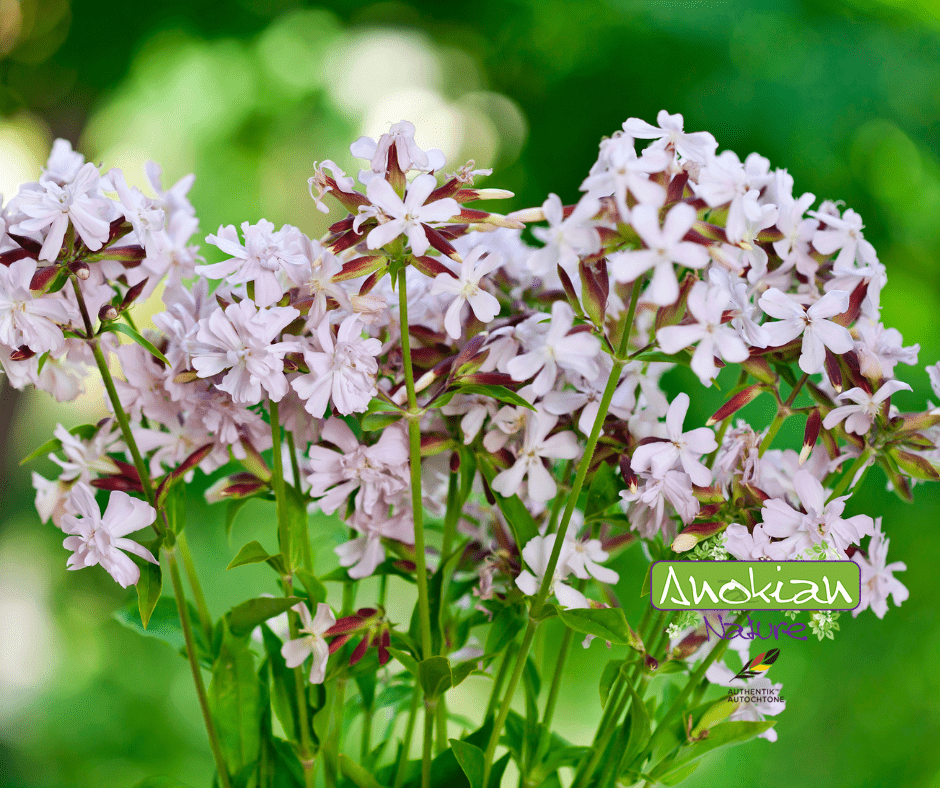Skip to product information










Seed | Soapwort
$3.99 CAD
Quantity
Soapwort (Saponaria officinalis) is a hardy perennial prized for its natural soap-producing properties. These seeds produce robust plants with delicate pink flowers that attract pollinators.